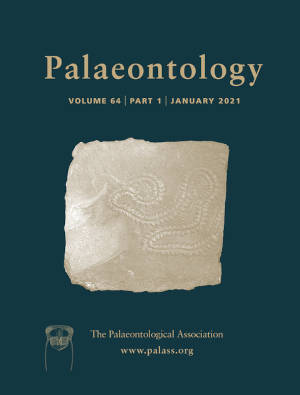Reg. Charity No. 1168330

The distribution of last occurrences of fossil taxa in a stratigraphic column are used to infer the pattern, timing and tempo of extinction from the fossil record. Clusters of last occurrences are commonly interpreted as an abrupt pulse of extinction. However, stratigraphic architecture alone can produce clusters of last occurrences that can be misinterpreted as an extinction pulse. These clusters will typically occur in strata that immediately underlie facies changes and sequence‐stratigraphic surfaces. It has been proposed that a basin‐wide analysis of the fossil record within a sequence‐stratigraphic framework can be used to distinguish between clusters of last occurrences caused solely by extinction pulses from those generated by sequence‐stratigraphic architecture. A basin‐wide approach makes it possible to observe lateral facies shifts in response to sea‐level change, mitigating the effects of stratigraphic architecture. Using computer simulations of plausible Late Ordovician mass‐extinction scenarios tuned to an inferred Late Ordovician sea‐level curve, we show that stratigraphically‐generated clusters of last occurrences are observed even in basin‐wide analyses of the simulated fossil records due to the basin‐wide loss of preferred facies for many taxa. Nonetheless, we demonstrate that by coarsening the stratigraphic resolution to the systems‐tract level and identifying facies preferences of simulated taxa, we can filter out taxa whose last occurrences coincide with the basin‐wide loss of their preferred facies. This enables consistent identification of the underlying extinction pattern for a wide variety of extinction scenarios. Applying this approach to empirical field data can help to constrain underlying extinction patterns from the fossil record.